Villa Terrace Will Host 100 Events For 100th Anniversary, Charts Vision For Future
And check out that renovated kitchen.
In this post-pandemic era, any museum not rethinking its plans for the future will likely face a dire one.
Consumer preferences have changed, as have tastes and the very modes of communication. Diversity, Equity and Inclusion efforts may prove to be a key for the survival of many institutions, including the Villa Terrace Decorative Arts Museum, 2220 N. Terrace Ave., which states, “Our focus is on establishing more diverse, accessible and inclusive programs, exhibition and outreach.”
Jaymee Harvey Willms, executive director since May 2022 delivered that message to 150 supporters of the Friends of Villa Terrace Decorative Arts Museum Ltd. gathered at the museum Thursday. She addressed how she adjusted the organization’s focus post-COVID. Her checklist for the future includes:
- Engaging with the community
- Expanding events
- Changing how we market ourselves
- Maintaining financial accountability
- Doing stuff that makes Milwaukee more Milwaukee
As she pondered these and other issues, it became clear to her that the museum needed more than a Mission Statement — it needed a Vision Statement, she said, articulating it succinctly: “Everybody is invited; you’re not just welcome.”
Building to Celebrate Centennial in July
The empty spaces to fill and the filled spaces to maintain are located in the former Lloyd R. Smith House, which is the only home here designed by Milwaukee-native David Adler (1882-1949).
In 1967, the Smith family donated the building to house the decorative arts collection of the Milwaukee Art Center (now Museum).
House museums were quite in vogue at the time, when people could get the latest interior decoration tips by studying artifacts arranged in period rooms in an “adaptation of a 16th century villa of rural Northern Italy,” located in the urban Northpoint district of 20th century Milwaukee.
After seven years, the museum transferred ownership of the building to the county, retaining its collections there.
After a 2002 fire, the museum cleared out its holdings, so the museum had to search for a new focus. It gained a significant permanent collection of the works of Cyril Colnik, Milwaukee’s celebrated ironsmith. Elaborate weddings were held on the grounds, providing needed revenue, but little in the way of exposure to the public at large. Competition in the wedding field has increased, with many couples opting for destination weddings in barns or old warehouses rather than Renaissance palaces.
“Villa Terrace aims to become a place that all Milwaukeeans can enjoy and afford,” says Megan Holbrook, committee chair and immediate past president of the group. The Centennial Celebration will occur July 10-13. There will be a free performance day on the 10th. Later that evening Luz Nocturna will be an evening of music, dancing and light projections ($25), culminating in a 400-drone light show designed by Ray Chi that will illuminate the entire lakefront at 9 p.m., simulcast on WMSE 91.7FM (If you want your organization’s name in lights, it will run you $25,000.) The Jazz Centennial Gala will be July 13 from 5-10 p.m., where a portion of the $1 million the friends hope to raise will come from raffling off a “classic gray 2003 BMW Z4” convertible.
“No Matter Where I Serve My Guests, It Seems They Like My Kitchen Best”
While the event was underway, a television reporter who planned to interview Holbrook in the restored “Cook’s Kitchen” (née“Butler’s Pantry”) instead had to relocate to the library. There were simply too many people crowded into the kitchen to observe the changes made there, while Kyle Cherek, in the main kitchen, outlined changes to come in that space.
The remodeled room, once closed off from the home by swinging doors, is now open and sports a few surprises, including a safe, which is open, displaying silver pieces behind windows.
County Supervisor Peter Burgelis attended, and said he is already packing up to relocate to City Hall, now that he has been elected alderman. He’s learning the ropes already, as he said he had been advised by a new colleague that if he had any questions to simply inquire of City Clerk Jim Owczarski. Sound advice! Burgelis stood next to Patrick Mutsune of Baird, attending solo while husband Brett Timmerman remained at home taking care of their young and increasingly mobile toddlers. Linda Honold, the President of the Woman’s Club of Wisconsin was at the event, as was Andrea Taxman, an active volunteer. Willie Johnson, Jr., who remains on the county board visited. Bayside Trustee Liz Levins and her husband Herb Zien chatted with Ken Leinbach, the retiring head of the Urban Ecology Center, who knows a thing or two about grassroots fundraising for a community organization.
More Kitchen Work to Come
In 1930 the kitchen was not quite so crowded, but you would be unlikely to find any of the Smith family in the north wing of the home — three levels reserved for service use and servant housing then, and for storage for decades since.
On the main floor was the Butler Pantry, which we have visited, the Cook Pantry, Servant Hall, Servant Room and the actual kitchen. Upstairs was a Dressing Room, Linen Sewing Room and three servant bedrooms. Although the Smith family represented the WASP segment that dominated society in the era, their servant roll was quite ecumenical. Jean Mc Cardy, 40, was from Scotland, Habba Lugner, 29, was German, Zovi Toni, 40, a chef, was from Austria, Lola Kiepe, 29, the second maid, hailed from California, while native Wisconsinite Millie Hankey, 45 served as a cook.
A portion of the basement is now the artist in residence’s studio, while plans are underway to modernize the other spaces.
Other priority projects include replacing the aging elevator (not original to the home) and having a replica created of the Hermes sculpture which is the centerpiece of the entry courtyard.
The sculpture, wrapped in plastic for the winter, consists of a 1st century torso (including the naughty bits) to which had been attached sometime in the 16th century the necessary rudiments to create a dashing image of Hermes.
The piece is noticeably deteriorating, and has been scanned so that a replacement could be cast that would withstand the Wisconsin winters, which are particularly harsh on tile, brick, limestone and the other elements of Villa Terrace. The sculpture was mounted in 1967 atop what had been an outdoor fountain, which is one of the few things more liable to winter destruction in this climate than hobbled-together ancient sculptures.
Photo Gallery

Existing members must be signed in to see the interactive map. Sign in.
If you think stories like this are important, become a member of Urban Milwaukee and help support real, independent journalism. Plus you get some cool added benefits.
Political Contributions Tracker
Displaying political contributions between people mentioned in this story. Learn more.
- October 4, 2019 - Peter Burgelis received $100 from Andy Nunemaker
- August 19, 2019 - Peter Burgelis received $250 from Brett Timmerman
Plenty of Horne
-
Notables Attend City Birthday Party
 Jan 27th, 2024 by Michael Horne
Jan 27th, 2024 by Michael Horne
-
Will There Be a City Attorney Race?
 Nov 21st, 2023 by Michael Horne
Nov 21st, 2023 by Michael Horne
-
Sprecher Brewery Aims To Be National Soft Drink Leader
 Oct 20th, 2023 by Michael Horne
Oct 20th, 2023 by Michael Horne


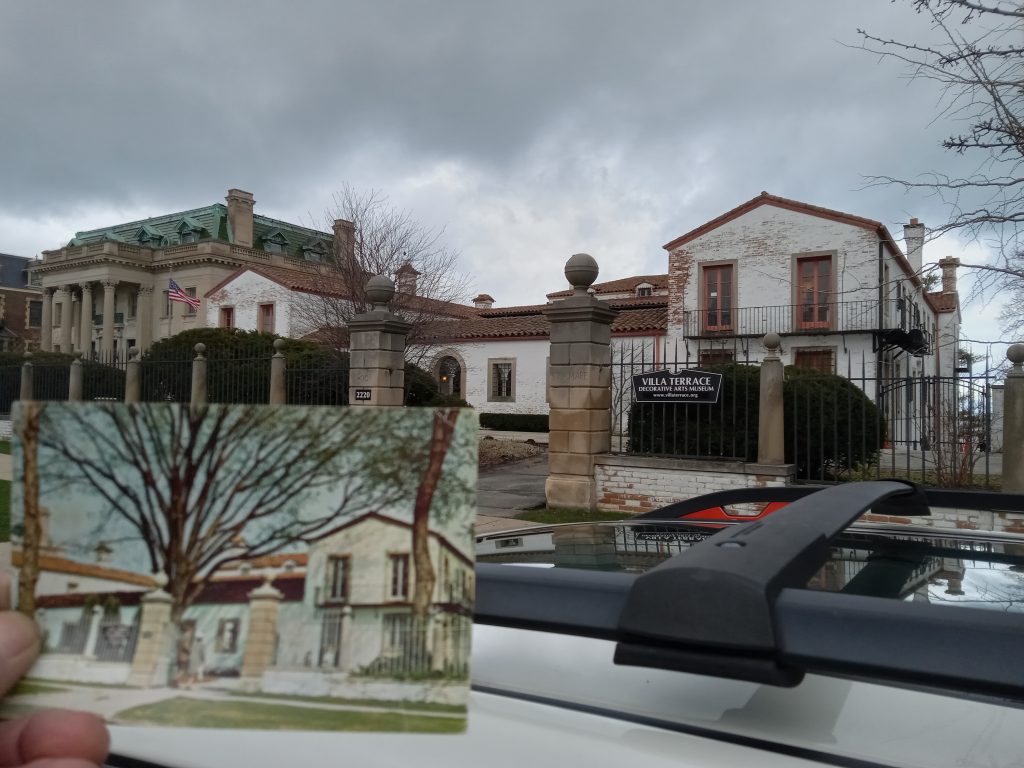
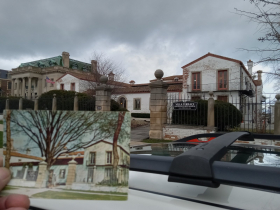
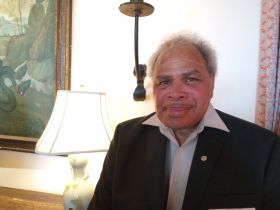
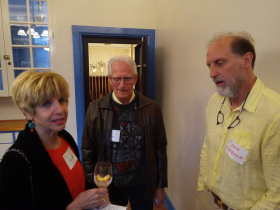
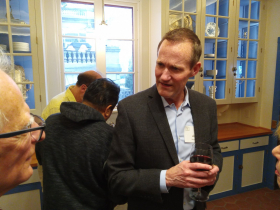
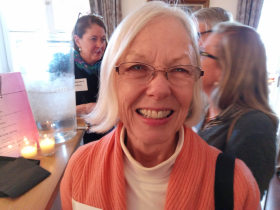
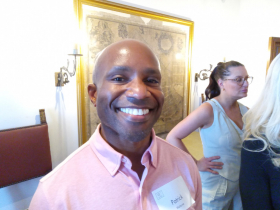



















Sounds exciting.
Love the Hermes statue picture Michael.